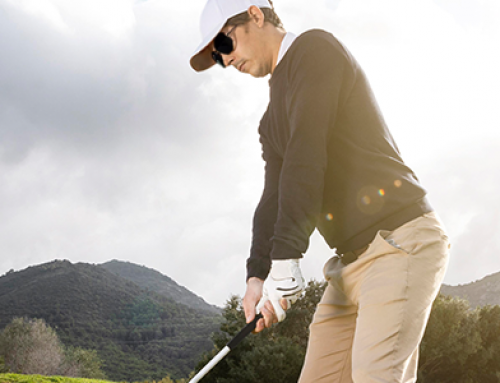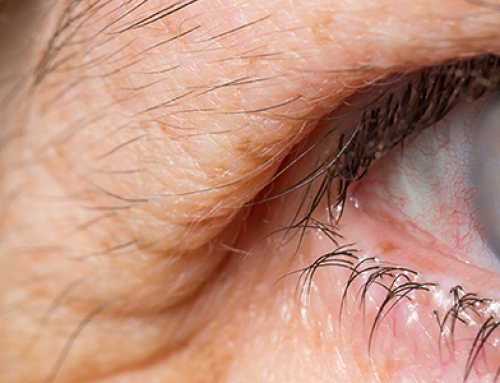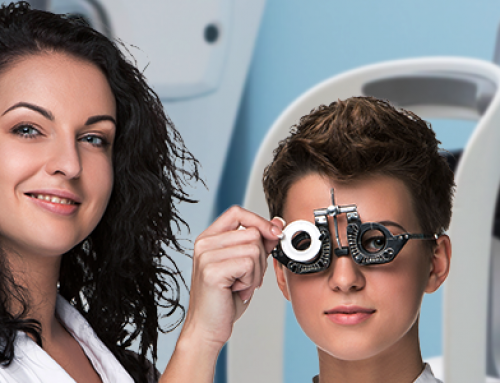Bifocals were reportedly created by Benjamin Franklin in 1779. The invention emerged when Franklin recognized the need for glasses that addressed multiple vision concerns. Bifocals soon became a standard form of eyewear, but if you’re looking for prescription safety glasses, there are other options to consider, too. The most common alternative — progressive lenses — offer many of the same benefits as bifocals without visible lines that clearly indicate a transition. Find out which kind of lenses are best for your needs — and for your next pair of safety glasses.


What Are Bifocals?
Before you choose between bifocal and progressive lenses, you should understand the characteristics of each. Bifocals are defined by their inclusion of two different lenses. The primary lens — which is typically on top — allows the wearer to see more clearly from a distance. The secondary lens — which is typically inset at the bottom of the main lens — allows wearers to see more clearly at a close range. This is especially helpful for reading.
Pros of Traditional Bifocal Lenses
There’s a reason why bifocal lenses are so popular — they come with many benefits. Some of the most appealing advantages include the following:
- Enjoy the convenience of one pair of glasses
- Save money compared to other types of glasses
- Adjust to new lenses more easily and quickly
These pros make bifocal lenses a great option for anybody who’s seeking a simple solution to complex vision problems.
Cons of Bifocal Lenses
Of course, there are many reasons, too, why you may not want to opt for bifocal lenses. Some of the disadvantages of this lens style include:
- The bifocal line may be distracting or annoying
- Your vision may be distorted as you adjust to the lenses
- The adjustment period may be difficult for some
If these drawbacks are enough to dissuade you from investing in a pair of bifocal glasses, you might consider looking into progressive safety glasses instead.
What Are Progressive Lenses?
Much like bifocal glasses, progressive glasses allow wearers to use two different types of lenses — one for viewing objects in close proximity and another for viewing objects that are far away. This versatility is ideal for anybody who experiences presbyopia — the loss of elasticity in the eye that causes vision issues. Progressive lenses are different from bifocals in a few ways, though. These differences make many people prefer progressive lenses for safety glasses.
Pros of Progressive Lenses
Progressive lenses are far more contemporary than bifocals — they were invented in 1959. The invention sought to correct some of the shortcomings of bifocals, they offer the following advantages:
- No distracting line demarcating lenses
- Wearers can comfortably see at any distance
- They may look more natural than bifocals
Progressive lenses may be the better option for safety glasses if you work in an environment where you need to focus from a range of different distances.
Cons of Progressive Lenses
Progressive lenses are the preferred choice for many, but they can come with some disadvantages that you should be aware of:
- Some people have a hard time adjusting
- The gradient prescription of the lenses can cause distortions
- Progressive lenses are more expensive than bifocals
These disadvantages are certainly worth considering, but they shouldn’t dissuade you from investing in a pair of safety glasses with progressive lenses. These glasses can improve your sight, which will minimize the risk of workplace incidents.
Which Is Better: Progressive or Bifocal Lenses?
Bifocal lenses and progressive lenses both come with pros and cons, so the question remains — which type of glasses is better? Is one option safer than the other? Neither of these options is inherently better or safer than the other. The right choice is ultimately up to your personal preference and your unique vision needs. If you’re still unsure which option to choose, consider trying both to determine which one is more comfortable.
Choosing the Right Progressive or Bifocal Safety Glasses
Progressive and bifocal safety glasses are essential personal protective equipment for anybody who has imperfect vision — and according to statistics, more than 40% of people do. Deciding between these options may still be a challenge, though. Luckily, the experts at Marvel Optics can help. Shop online to see our selection of safety glasses. If you have questions, call us at (800) 832-5076 or reach out online.
FAQs
1. Do I need bifocal safety glasses at work?
If you regularly wear bifocal lenses and your workplace necessitates safety glasses, then yes, you need to invest in a pair of safety glasses with bifocal lenses that match your prescription.
2. Can I wear safety glasses over my regular glasses?
No. Some people make the misguided decision to simply wear a pair of safety glasses on top of their regular glasses. In addition to the visual impediment this is likely to cause, this practice may expose your eyes to hazards such as projectiles, dust, and debris.
3. Can prescription lenses be ANSI rated?
Yes, you can get prescription safety glasses with lenses that adhere to ANSI standards. Look for a pair that has received the ANSI Z87.1 certification. This means that the lenses have been thoroughly tested and approved to withstand impact.
4. When do I need to wear prescription safety glasses?
You need to wear prescription safety glasses any time you’re at work in a hazardous environment. You should also wear them if you are planning on enjoying sports such as tennis or soccer, which could expose your eyes to airborne hazards. Safety glasses are appropriate in a wide range of scenarios.
5. Are progressive lenses safe for prescription safety glasses?
Yes, you can safely use prescription progressive lenses in your favorite safety glasses. It’s important to note, though, that progressive lenses may take time to get used to — so you should account for this adjustment period when you are placing an order.







